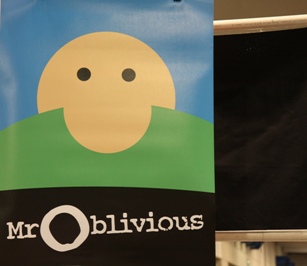Psychology Classics On Amazon

Hallucinatory obliviousness
by Kevin Taylor
(Corvallis, Oregon, USA)
Most people are familiar with hallucinations in which people see or hear things that are not really there.
But I was wonder if the reverse is possible. In other words:
Is there a type of hallucination is which something that really IS there is NOT perceived (seen or heard) by the one hallucinating?
If so, what is the name of this type of hallucination?
Thank you!
Kevin Taylor
Comments for Hallucinatory obliviousness
|
||
|
||

